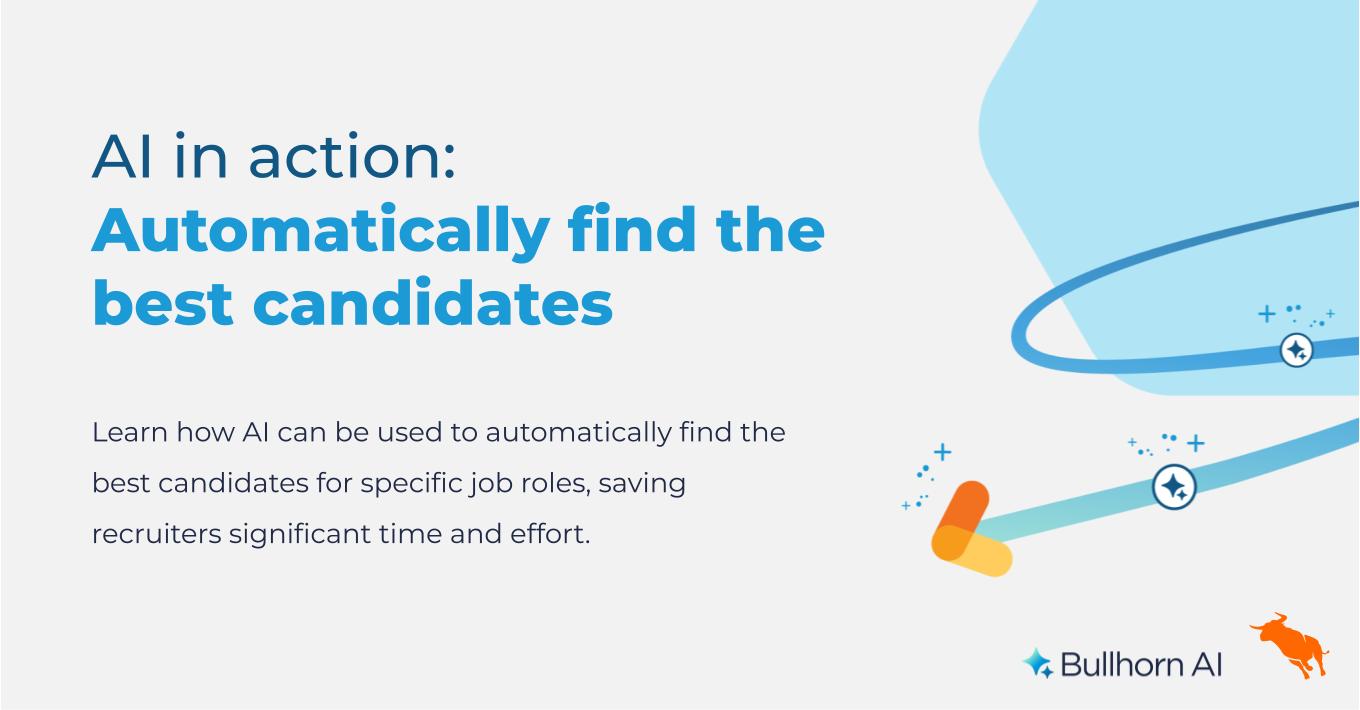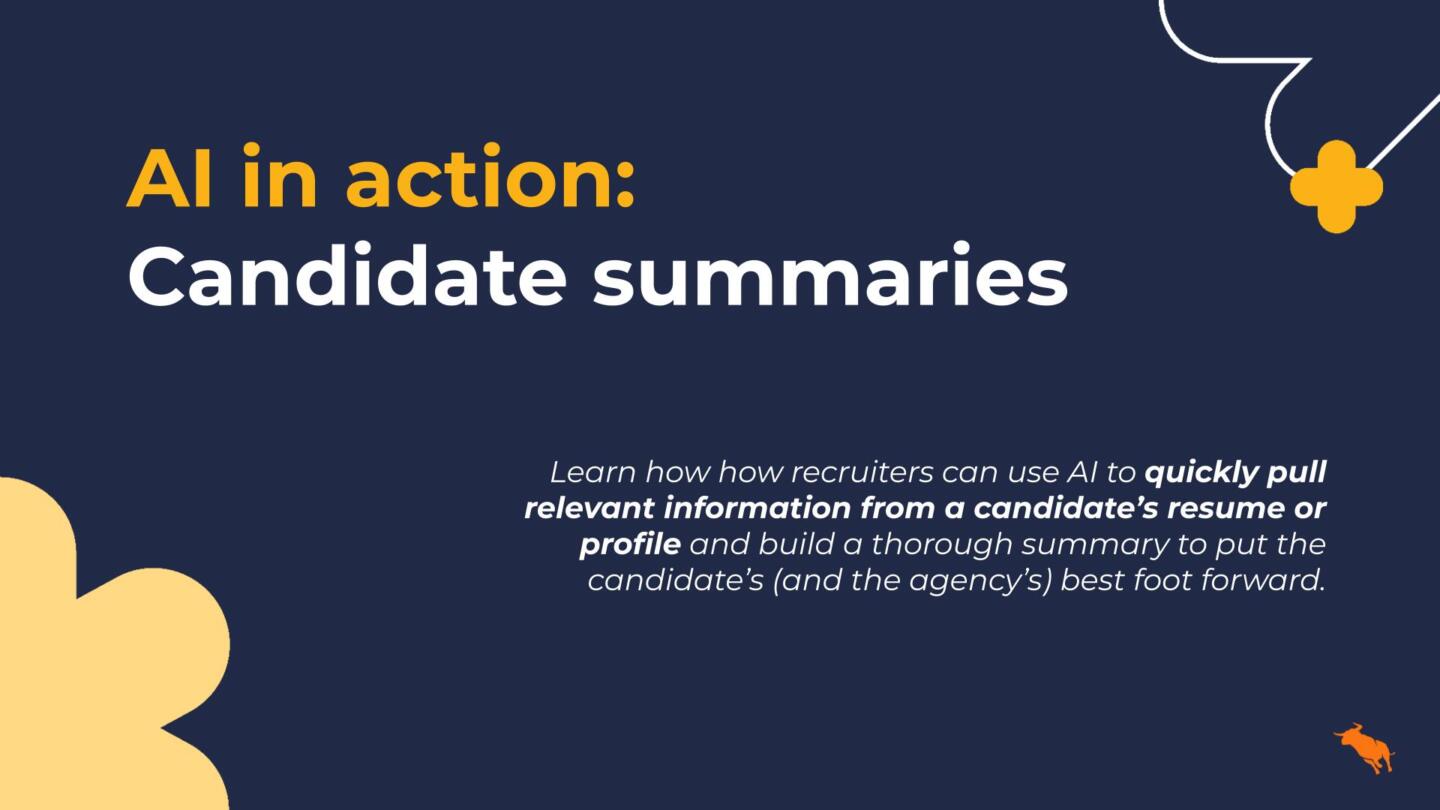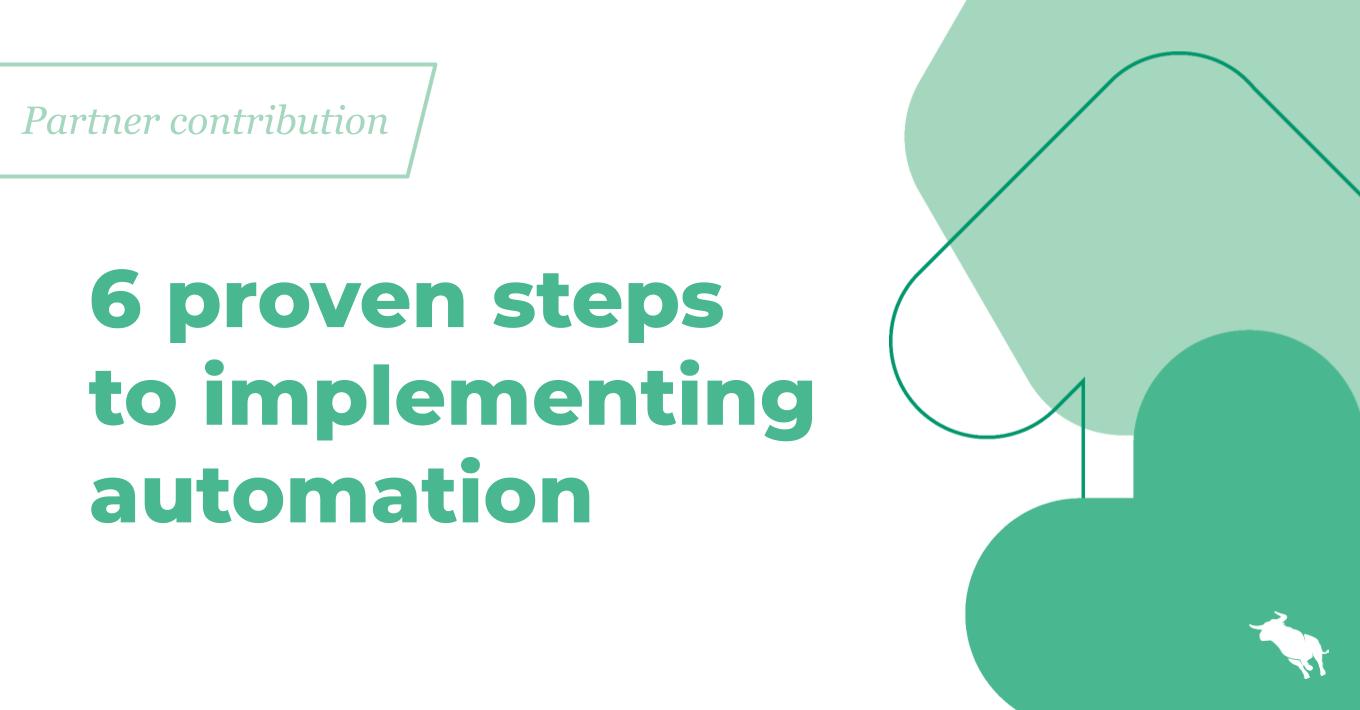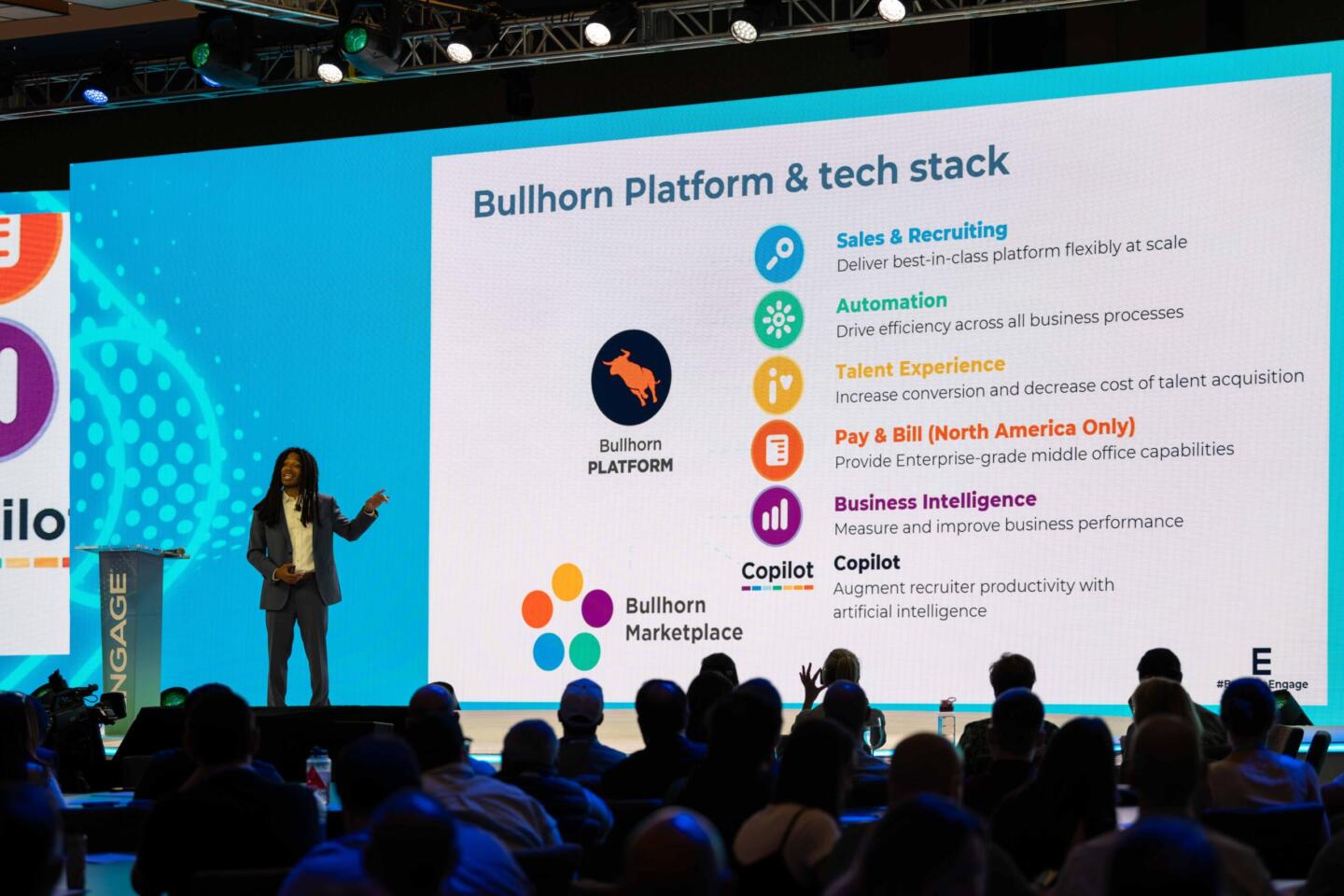Staffing and Recruiting, Freakonomics and New Year’s Resolutions
I’m currently reading the book, Super Freakonomics, the sequel to the wildly popular original Freakonomics, which I also enjoyed. It’s light, it’s fun and it gives you a rational, and sometimes irrational, lens into the unique economic problems of everyday life. For example, why will someone with a 20 gallon gas tank drive an extra mile out of their way to save 2 cents a gallon, when AAA calculates it costs 54.1 cents per mile to drive a car? Theoretically, it means they value their time as meaningless, not to mention the added risk of an accident by driving that one extra mile and the loss of at least 14 cents based on the AAA estimate. So what does this have to do with staffing and recruiting?
Last May, I had the pleasure to sit next to the CEO of a very successful multi-office, national executive search firm at a staffing and recruiting awards banquet. She’d been interested in Bullhorn for more than a year plus, was sold on our value to her business, and fully understood our per month pricing model (on a per user basis we are cheaper than the average recruiter’s cell phone bill) and very low switching costs. Yet she was reluctant to move, even when it was shown to her that similar Bullhorn customers experienced a 35% increase in placements on a per recruiter basis during the first two years of use (in fact, in this case her infrastructure costs would have also gone down by well more than 50%, making Bullhorn virtually free). In Freakonomics terms, the added placements of just one recruiter, annually, pays for the use of the product for all of the other recruiters. Any additional placements from the other recruiters is pure profit.
So why not switch? Here are some of the Freakonomics myths, rational and otherwise, on why:
- Myth #1 – I already own all of my software. Do you really? Look at your costs again – what are you paying in maintenance and upgrades over a 5 year period?
- Myth #2 – Change disrupts our business. Antiquated systems disrupt business by preventing growth, and with a recovery emerging, they lead to retention issues of star performers.
- Myth #3 – Our existing system works fine. How does your system compare to those of competitors who are experiencing higher placement rates with other systems? Can you develop a competitive advantage in your market with a new solution?
- Myth #4 – Our competitive edge is based on our people and not technology. Your people need the Internet to source candidates and prospect for customers. A software-as-a-service solution like Bullhorn is part of the Internet.
- Myth #5 – We need to spend our time on recruiting and not evaluating and implementing technology. What’s the opportunity cost of that time if you are spending more time keeping an existing system working or your recruiters take longer to place candidates?
It’s only the first week in January and many of us are still working on New Year’s resolutions. From a professional perspective, I want to make it easier for our customers and prospects to understand the value of Bullhorn. What about you? I’m optimistic, 2010 looks promising, so why not put the Freakonomics of staffing and recruiting technology decisions aside, and take a good look at how to improve your business with the economy recovering? That CEO I mentioned? Her company signed with Bullhorn in December. Oh, and my speculation on why some people drive out of their way to “save” a few cents – immediate gratification. It goes back to Myth #1 above, doesn’t it?




